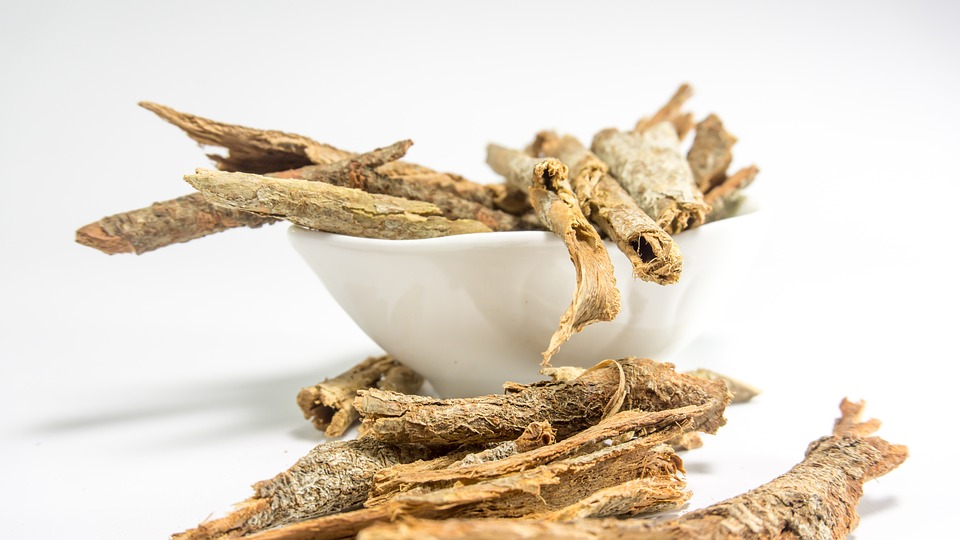Besides being low in fat, beans are an excellent source of vegetable protein, B vitamins, fiber, iron, calcium, and other minerals. Most beans also have low glycemic values, so they can be included in low GI/moderately low-carb diets.
When cooked beans are listed in a recipe, use dried beans and soak and cook them yourself whenever possible. The beans will be more nutritious, tastier, and less expensive than canned beans. Although the process takes longer than using canned beans, it’s really quite easy to soak and cook dried beans; it just takes some planning. Also keep in mind that once cooked, the beans can be stored in the refrigerator for up to 5 days or frozen for up to 6 months. One cup (250 ml) of dried beans will yield 2 to 2½ cups (500 to 625 ml) of cooked beans.
To help reduce the intestinal gas that’s often caused by eating beans, be sure to drain and discard the water in which the beans are soaked or cooked, and always rinse the beans with fresh water after soaking or cooking them. Also, if you’re not accustomed to eating beans, introduce them into your diet slowly; eat small amounts at first and slowly increase. Beans are less likely to cause gas when they’re eaten on a regular basis.
If you must use canned beans, be sure to read the label; try to avoid those that contain sugar, MSG, and other additives. Most brands contain salt, but some use seaweed (like kombu) instead. Always drain and rinse canned beans well to help reduce gas. A 14 ounce (398 ml) can is approximately equal to 1½ cups (375 ml) and a 19 ounce (540 ml) can is approximately equal to 2 cups of beans.
See this month’s recipe for a quick, easy-to-make Black Bean Soup.
How To Cook Dried Beans
First remove any broken or discoloured beans. Place the beans in a sieve and rinse under cold water. Soak them in water using a 3-to-1 ratio: for every cup of beans, add 3 cups of fresh water. Cover and refrigerate overnight for 6 to 10 hours. Drain off the soaking water, place the beans in a sieve or colander, and rinse well under cold running water. This will help to eliminate much of the indigestible sugars that can cause gas.
Place the rinsed beans in a large pot and cover with water, again on a 3-to-1 ratio. Add a piece of dried seaweed, such as nori or kombu, if you have it; this will help to degas the beans as well as add flavour. Bring the water to a boil and skim off any foam that rises to the top. Reduce the heat and cover with the lid slightly ajar. Simmer gently—stirring occasionally and skimming off any foam—until the beans are just tender. This will take anywhere from 45 minutes to 1½ hours, depending on the type of bean. Once cooked, drain off the cooking water and rinse the beans thoroughly; drain well.
Quick-Soak Method
If you don’t have time to soak the beans overnight, use the following quick-soak method. Sort through and rinse the dried beans, as directed above. Put the beans into a large pot with 3 times as much water as beans and bring the water to a boil; cook for 2 to 3 minutes. Remove from the heat, cover, and let sit for 1 hour. Drain off the soaking water and rinse the beans well; follow the remaining steps for cooking, as directed above.



